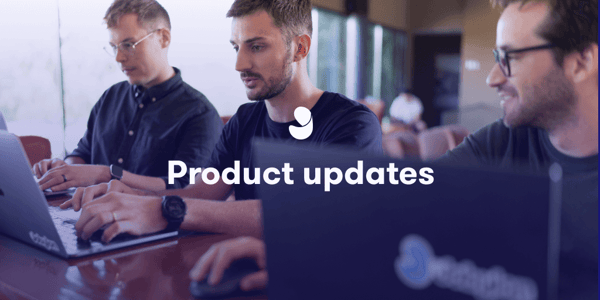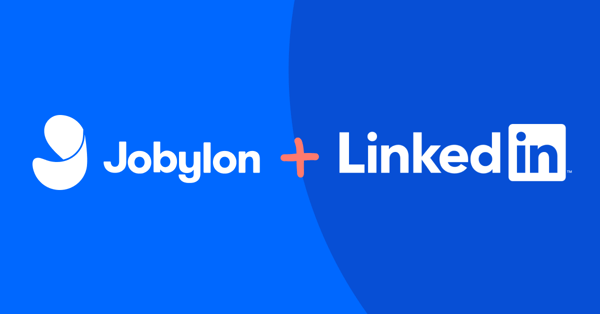Creating an exceptional employee experience is a key priority for leading employers. By investing in a well-designed employee experience roadmap, organizations not only attract top talent but also engage and retain their employees for long-term success. In this step-by-step guide, we will explore the necessary components and steps to create and design an effective employee experience roadmap. Let us set the stage for an exceptional employee experience:
What is Employee Experience?
Employee experience encompasses the entire journey an employee undertakes within an organization. It goes beyond the conventional realm of HR practices, incorporating every interaction, touchpoint, and sentiment an employee encounters during their employee journey. Some of the areas covered by employee experience include:
- Onboarding: Crafting a seamless and informative onboarding process to acclimate new hires.
- Work Environment: Designing a conducive workspace that fosters collaboration and creativity.
- Leadership: Nurturing effective leadership and mentorship programs.
- Recognition and Rewards: Implementing recognition initiatives and performance-based rewards.
- Wellness and Work-Life Balance: Prioritizing the physical and mental well-being of employees.
- Career Development: Offering growth opportunities and career progression pathways.
Why is Employee Experience important?
In the contemporary landscape of business, the significance of employee experience cannot be overstated. It has evolved from a mere buzzword to a pivotal factor that directly impacts an organization's success, growth, and sustainability. There are numerous reasons for prioritizing a positive employee experience:
- Enhanced Productivity: Engaged and satisfied employees are more productive, resulting in improved overall performance.
- Talent Attraction and Retention: A positive employee experience attracts top talent and retains existing high-performers.
- Innovation: A nurturing environment encourages innovation and creativity.
- Customer Satisfaction: Happy employees provide better customer service, leading to higher customer satisfaction.
- Profitability: Increased productivity and retention ultimately lead to improved profitability.
Crafting a Winning Employee Experience Strategy
Step 1: Assess Current State and Employee Needs
To start building an employee experience roadmap, it's crucial to assess the current state of your organization's employee experience. This can be done through employee surveys, interviews, and focus groups to gather insights and feedback about various touchpoints within their journey. This step helps identify pain points, challenges, and areas for improvement.
By understanding the current state and employee needs, you can set a benchmark for improvement and craft initiatives that address specific challenges faced by employees.
Step 2: Define Desired Employee Experience Objectives
Once you have assessed the current state, it's essential to define the desired employee experience objectives. These objectives should align with your organization's mission, values, and strategic priorities. To ensure clarity and focus, make sure these objectives are SMART. This term is the abbreviation for
- Specific,
- Measurable,
- Achievable,
- Relevant, and
- Time-bound
By clearly defining your objectives, you create a framework that guides your employee experience initiatives and aids in measuring their effectiveness.
Step 3: Collaboratively Craft a Vision for Employee Experience
Crafting a compelling vision statement for employee experience is a collaborative effort. Involve key stakeholders, including HR, managers, and employees, in the visioning process. Brainstorm ideas and draw inspiration from your organization's culture, brand, and desired employee experience.
Your employee experience vision should encapsulate the desired future state and communicate the organization's commitment to creating an exceptional workplace environment.
Step 4: Identify Employee Experience Touchpoints
Next, map out the various touchpoints in an employee's journey, from recruitment to offboarding. These can include onboarding, training and development, performance reviews, and even informal interactions with peers and colleagues.
Identifying the most critical touchpoints allows you to focus your efforts and resources where they will have the most significant impact on the employee experience.
Step 5: Design Initiatives and Solutions for Each Touchpoint
Based on the identified touchpoints, brainstorm and develop initiatives and solutions that align with the desired employee experience objectives. Prioritize these initiatives based on their potential impact and feasibility.
Make sure that the initiatives address specific pain points and challenges identified in Step 1. This collaborative process increases buy-in from stakeholders and creates a culture of continual improvement.
Step 6: Build a Timeline and Prioritize Actions
To implement the initiatives and solutions effectively, create a timeline that includes dependencies, milestones, and deadlines. Prioritize actions based on urgency, potential impact, and available resources.
By having a clear timeline and set of priorities, you ensure a structured and targeted approach to improving the employee experience.
Step 7: Communicate and Socialize the Employee Experience Roadmap
One key aspect of a successful employee experience roadmap is transparency and effective communication. Develop a well thought out communication plan to share the roadmap with all employees. Clearly explain the vision, objectives, initiatives, and timetable, and encourage feedback and address concerns during this process.
By involving employees in the communication and socialization of the roadmap, you enhance engagement and create a sense of ownership when it comes to improving the employee experience.
Step 8: Continuously Measure and Evaluate the Employee Experience
To gauge progress and effectiveness, it's crucial to establish metrics, key performance indicators (KPIs), and regular measurement feedback loops. Collect and analyze both qualitative and quantitative feedback from employees through surveys, interviews, and other feedback mechanisms.
Based on evaluation results, make necessary adjustments and improvements to the roadmap to enhance the employee experience continuously.
Creating an Employee Experience Roadmap for Future Success
Creating and designing an employee experience roadmap is an essential step in attracting, engaging, and retaining talent in leading organizations. By following this step-by-step guide, organizations can assess their current state, define objectives, collaborate on a vision, identify touchpoints, design initiatives, build timelines, communicate effectively, and continuously monitor and evaluate their progress towards an exceptional employee experience.
To emphasize its significance, the employee experience is an ongoing journey. Organizations should regularly revisit and update their roadmap based on changing needs and priorities to ensure long-term success and create an environment that employees love to be a part of. Implementing a better group interview structure can especially benefit large companies by streamlining the recruitment process, incorporating teamwork evaluation, and ensuring cultural fit from the get-go. By constantly investing in their employee experience roadmap, organizations will create a workplace that fosters innovation, high performance, and employee satisfaction.
Conclusion
In conclusion, creating an exceptional employee experience is a strategic imperative for leading organizations. It directly impacts success, talent attraction, innovation, customer satisfaction, and profitability.
The step-by-step guide provided outlines the essential components of an effective employee experience roadmap, from assessment to continuous improvement.
Investing in employee experience ensures a motivated and committed workforce, contributing to long-term success and a workplace employees love.
Need help with employee experience? Our recruitment platform, can enhance employee experience by streamlining the hiring process, ensuring the right candidates are selected, and fostering a positive first impression for new employees. Let's talk more about it!




